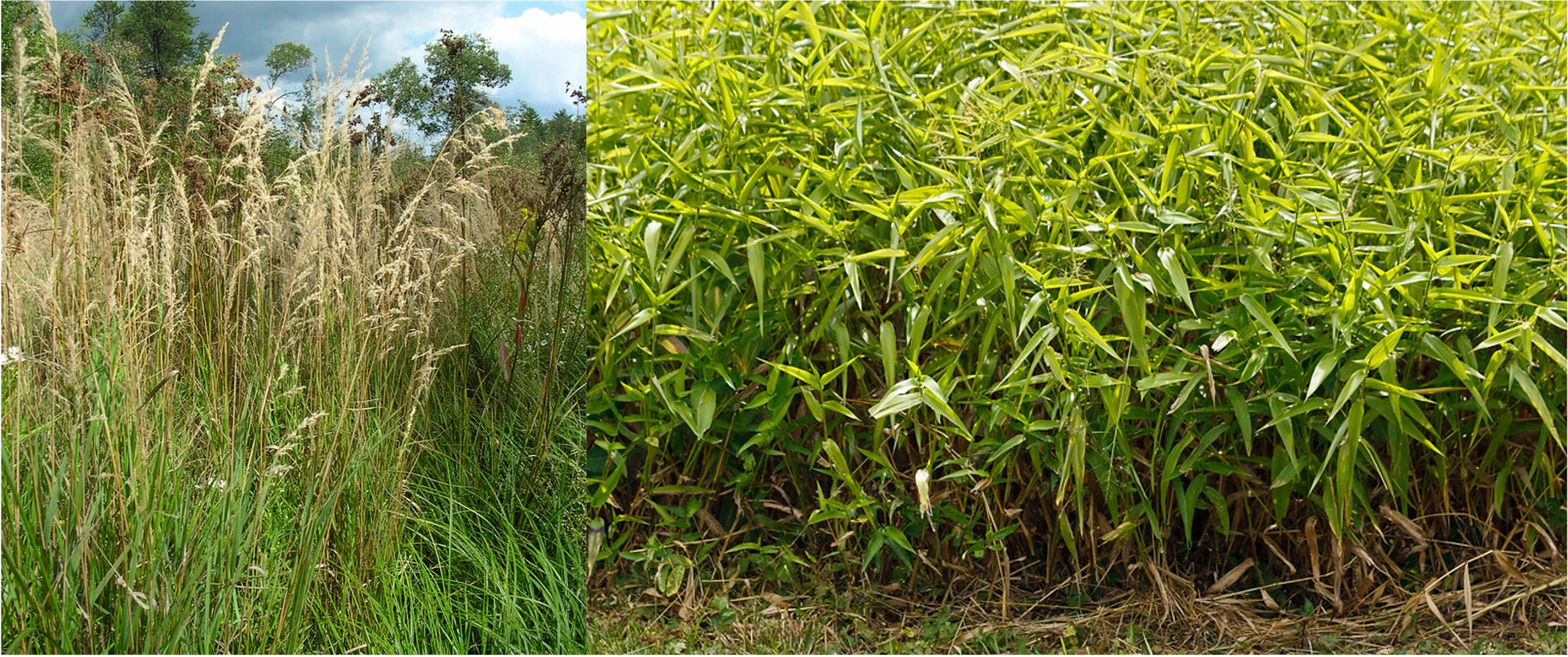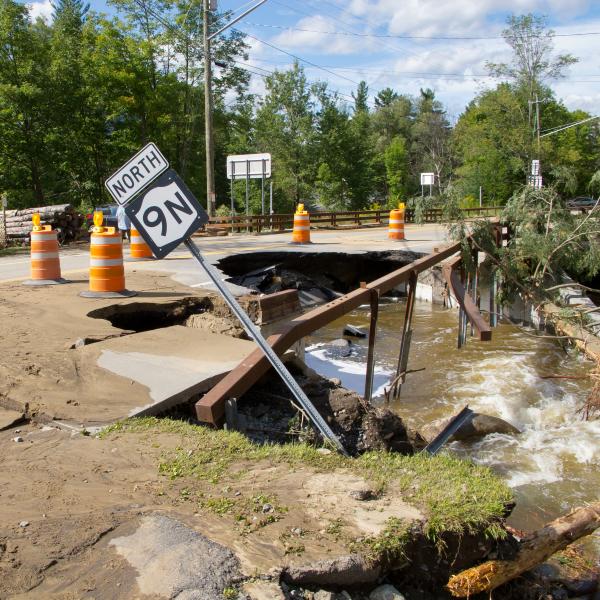Ausable River Association staff along with botanist Steve Langdon have been working to inventory native trees, shrubs, plants, and grasses in the Ausable River watershed. Since 2019, we have inventoried 17 sites along the East Branch, West Branch and Main Stem Ausable River. We chose sites that experience a high level of disturbance to represent bare streambanks following our instream restoration projects or banks scoured by ice. We've listed some of the most abundant native trees, flowering plants, and grasses below. These are a great place to start when planning a planting project along the Ausable River and its tributaries.
Native trees
Silky willow Salix sericea
Silky willow is a tall shrub native to eastern North America that ranges from Georgia to Quebec and westward to the Mississippi. It almost always occurs in wetlands and is found in most counties in New York State and prefers sandy, gravelly or cobbly river and lake shores in New England. Note that this species is not usually available from nurseries where willows are either horticultural varieties or generalized as “shrub willow, Salix spp.”, though it may be available in the form of live stakes.
Red-osier dogwood Cornus sericea
Dogwoods are attractive and grow thickly which can help create wildlife habitat. Red-osier dogwoods are native and appropriate for riparian areas in this region. They grow up to ten feet tall, with roots that grow at least 16 inches deep, and provide fruit for birds. Red-osier dogwood prefers wet meadows, thickets, edges of dry upland forests, fens, marshes, swamps, streambanks, lake shores, and riverbanks. It is commonly observed along sandy flat sections of the West Branch Ausable River between Ausable Forks and Lake Placid and seems to withstand catastrophic disturbances. These are found in nearly all counties in New York State and are both available from regional nurseries.
Speckled alder Alnus incana ssp. rugosa
Speckled alder is a native shrub of eastern North America that ranges from Virginia to Quebec and westward to Saskatchewan. This is a facultative wetland plant that grows in dense thickets along drainage channels, edges of streams, edges of lakes, fens, bogs, marshes, and forested swamps. It is a common wetland shrub that is available from regional nurseries.

From left to right, photo of silky willow, red-osier dogwood, and speckled alder. Photos: Northern Forest Atlas, Jill Lee
Support our biodiverse habitats work for wildlife and their habitats. Give with confidence today!
Native Flowering Plants
Common flat-topped goldenrod Euthamia graminifolia
Common flat-topped goldenrod is widely spread across the Ausable River watershed. This flowering perennial plant thrives in wet meadows and riparian areas and can tolerate poor soils. Its gold/yellow flowers bloom from mid-summer through the fall and act as a food source for pollinators. These plants also provide habitat and food for wildlife.
Spotted Joe pye-weed Eutrochium maculatum
Spotted Joe pye-weed is a flowering perennial plant that is readily available as seed or in pots from conservation nurseries. This flower blooms from late summer to fall and grows best on wet streambanks, floodplains, and swampy areas, and is a good food source for pollinators.
Flat-topped white aster Doellingeria umbellata var. umbellate
Flat-topped white aster is an herbaceous perennial plant that has white flowers that bloom in late summer to fall. It is of high pollinator value and thrives in floodplains, swamps, and moist woods and fields.

From left to right, photo of common flat-topped goldenrod, spotted Joe pyeweed, and flat-topped white aster. Photos: Andrew Nelson, Kyle Webster
Native Grasses
The grass communities along the Ausable River change with elevation, but the two species below are found throughout the watershed.
Canada bluejoint Calamagrostis canadensis
Canada bluejoint also known as Canada reed grass, is found in wet meadows and swamps, and can grow up to 6 feet tall with root systems nearing 16 inches. This species is wildlife friendly and can provide food and cover for deer, moose, and muskrat.
Deer Tongue Dichanthelium clandestinum
Deer Tongue is a warm season bunchgrass that grows up to 4 feet tall and is found in the moist soils along forest edges and clearings. Its fibrous root system that reaches a minimum of 16 inches into the soil make it great for erosion control and common in streambank stabilization mixes.

Photo of Canada bluejoint (left) and deer tongue (right). Photos: Superior National Forest, Tom Potterfield
To find more species that will help grow a robust buffer on your property check out our seed mixes here.
This project has been funded wholly or in part by the United States Environmental Protection Agency under assistance agreement (LC 00A00707-0) to NEIWPCC in partnership with the Lake Champlain Basin Program.
Story by Carrianne Pershyn, Biodiversity Research Manager and Liz Metzger, Research Associate.
Sign-up for our e-newsletter to get weekly updates on the latest stories from the Ausable River Association.





